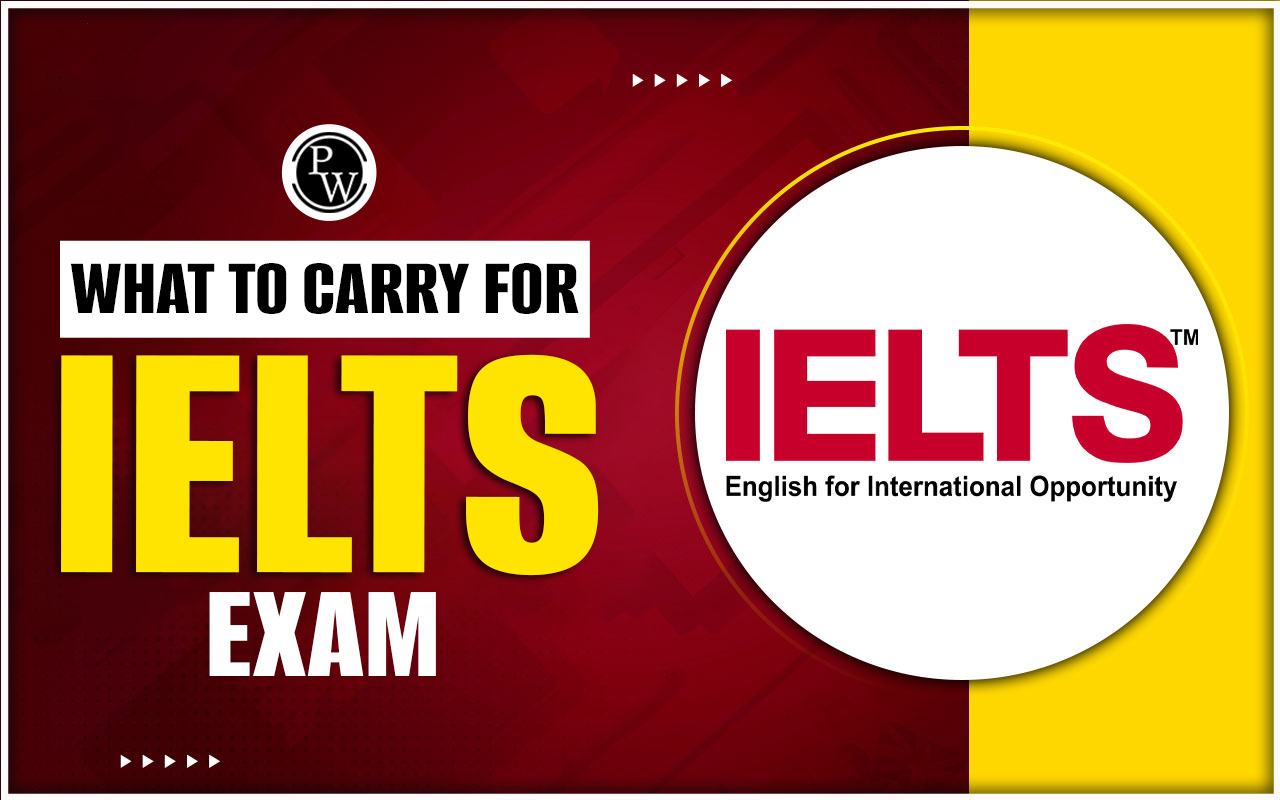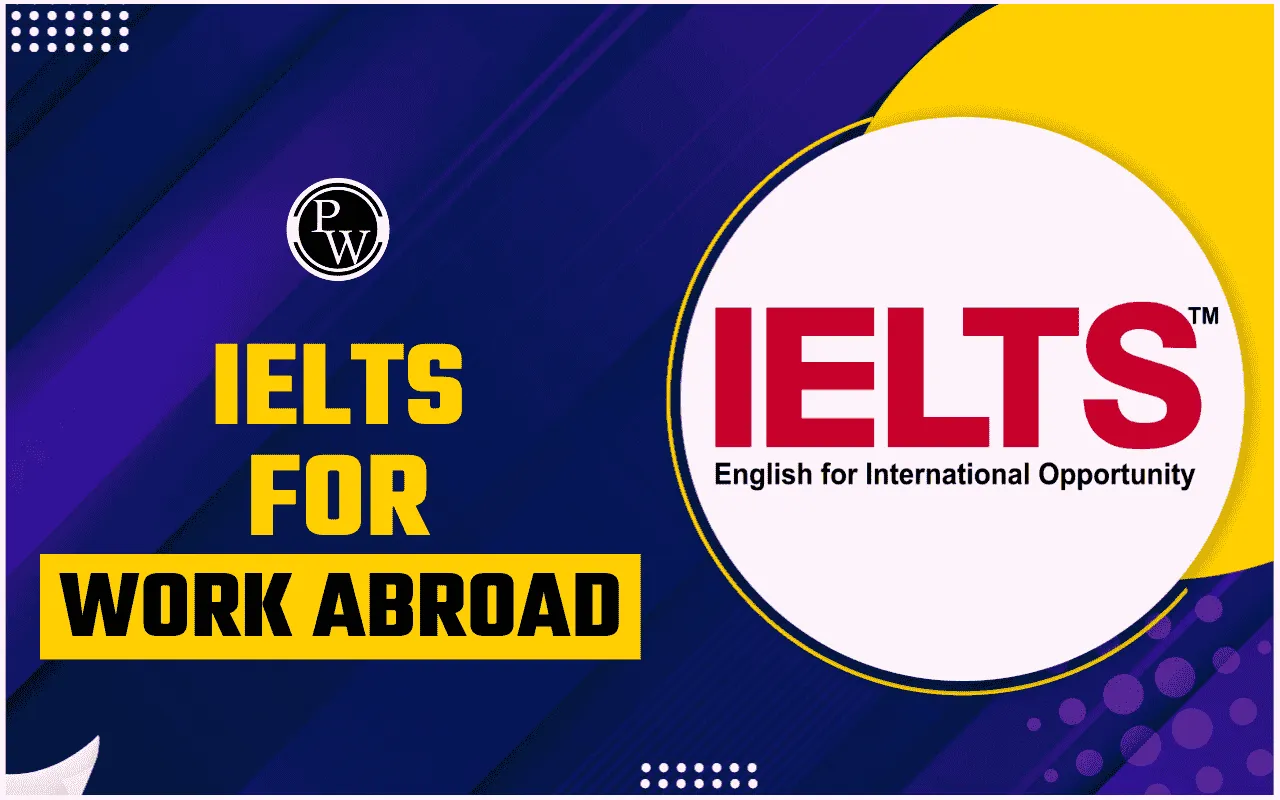

Just Do It Reading Answers: The IELTS reading passage on Just Do It explores the psychology and strategies behind procrastination. This problem affects many students and professionals around the world. This passage offers not only a scientific examination of why we delay tasks but also presents clever and sometimes humorous methods that people have used to overcome procrastination.
Understanding this reading text requires the ability to follow arguments, identify the main ideas, and interpret the suggestions made by various experts. In this guide, you will find complete Just Do It IELTS reading answers with explanations, sample questions, and frequently asked questions to help you solve similar passages in your IELTS.
Free IELTS Reading Practice Tests
IELTS Reading Passage: Just Do It
You should spend about 20 minutes on these IELTS reading questions based on the passage.
JUST DO IT
Or – the subtle art of procrastination
Procrastination, a kind of chronic time-wasting, has long been dismissed as an innocuous human foible. Researchers are now beginning a more sober examination of this practice, however, and there may be good reason for doing so: twenty percent of Americans now admit to suffering from procrastination, a fifteen percentper cent jump from 1970. Researchers are bemused as to what explains this sharp rise in the figures, but there is no doubt that procrastination is wreaking havoc on people’s lives. One side effect is perhaps the most predictable: procrastination hampers academic and work commitments as sufferers fail to meet deadlines or achieve their goals. But there are other costs too. In shifting burdens of responsibility onto others and reneging on their promises, procrastinators undermine relationships both in the workplace and in their private lives, all of which takes a toll on their well-being. In one study, over the course of a semester, procrastinating university students were noted to be suffering from notably weaker immune systems, more gastrointestinal problems, and higher occurrences of insomnia than their non-procrastinating peers.
Is there hope for procrastinators? Everyone admits it’s a difficult demon to beat, but a few self-styled procrastination coaches have developed strategies to that end. Although evidence for their efficacy is largely anecdotal at this stage, some of these strategies at least offer promising avenues for future research. Career counsellor Amy Sykes focuses on the basics. Firstly, she says, embrace peer pressure. Many weight loss and self-help groups encourage individuals to hold themselves accountable to a wider circle of their peers, and Sykes believes this social safety net can be harnessed just as successfully by procrastinators. A change in perspective is also considered vital. ‘When we want people to do something for us, we really sell it to them, Sykes observes. ‘But when we need to do it ourselves, we focus on all the reasons we don’t want to.’ Instead, she argues, we should pique our own interest and find ways to make our important projects more attractive — by turning them into little competitions or fact-finding missions, for example. If all else fails, Sykes believes we must recompense ourselves for our troubles, ideally with little treats upon finishing a task. ‘It doesn’t need to be big, she says. ‘Pancakes, a hot bath, or an episode of your favourite television show could all do the trick.
Though these tips may be a little too garden variety 1 for some, others have thought up more cunning twists on the human psyche. One such approach was developed by the crime writer Raymond Chandler, who built his strategy on a basic yet critical observation: procrastinators rarely sit about completely inactively, but rather tend to engage themselves in useful but less pressing tasks: vacuuming behind the bed, cleaning out the fridge, washing the windows and so on. The result is that they ‘cheat’ themselves into experiencing feelings of productivity and satisfaction that offer further distraction from the original project. Chandler’s method, which he successfully used to help himself write detective stories, involves setting aside a period of time in which the procrastinator may do one of two things: absolutely nothing or work on the project that he or she wishes to complete. Sitting still, without the satisfaction of busying himself with less urgent tasks, Chandler slowly felt the itch of tedious monotony sink in. Within five or ten minutes, this itch had become intolerable, and he felt compelled to begin writing his stories.
Another procrastinator, professor of philosophy John Perry, developed his strategy against procrastination based on essentially the same insight as Chandler’s — that procrastinators are actually quite good at doing ‘marginally useful’ tasks, just not the tasks they really ought to be doing. He thus surmised that the enemy of successful task completion is not, in fact, that great engine of productive activity — procrastination itself — but rather how we order our projects in the hierarchy of urgency. If a procrastinator needs to finish an assignment before 8 o’clock the following morning, for instance, he is likely to find himself sharpening pencils instead. ‘But if all the procrastinator had left to do was to sharpen some pencils,’ Perry observes, ‘no force on earth could get him to do it” The key to this approach is to rank one’s priorities, then bump the most urgent tasks a little further down and place at the top some potentially daunting and important-sounding projects which are ultimately not all that essential. If the student with the essay deadline can convince himself he absolutely must reorganise his email box, or finish reading that old, dusty novel he only got halfway through, then suddenly the essay deadline is going to seem a far superior option.
If the Ancient Greeks struggled with it, and all the life coaches, counsellors and motivational speakers in the modern world are unable to erase it from our existence either, it seems unlikely that procrastination will ever truly be put to rest. As these procrastination gurus have shown, however, the right strategies have the potential to minimise its impact – if you ever get around to using them.
Also Read:
Sample Questions: Just Do It IELTS Reading
Here are sample IELTS questions based on the Just Do It reading passage. Try to answer them after skimming the passage above.
Questions 1–5: True/False/Not Given
-
Procrastination rates have remained the same since the 1970s.
-
Procrastinators often affect others around them.
-
Amy Sykes believes large rewards are essential for motivation.
-
Raymond Chandler’s method discourages doing anything but the task at hand.
-
John Perry believes procrastination is caused by laziness.
Questions 6–9: Matching Features
Match the following methods with the people who proposed them:
A. Turning projects into mini-games
B. Choosing between doing the task or nothing
C. Using fake top priorities to encourage real work
D. Depending on social accountability
People:
i. Raymond Chandler
ii. Amy Sykes
iii. John Perry
iv. Amy Sykes
Just Do It IELTS Reading Answers with Explanations
Answer to Questions
|
Question |
Answer |
Explanation |
|---|---|---|
|
1 |
False |
The passage says procrastination increased by 15% since 1970. |
|
2 |
True |
Procrastinators shift burdens to others, affecting relationships. |
|
3 |
False |
Sykes mentions small rewards like pancakes or a bath, not large ones. |
|
4 |
True |
Chandler’s strategy is to either do nothing or the task — no other activities. |
|
5 |
Not Given |
The passage doesn’t mention Perry blaming procrastination on laziness. |
|
6 |
A → ii |
Amy Sykes suggests making tasks interesting via competitions or games. |
|
7 |
B → i |
Chandler used the "do nothing or work" method to fight procrastination. |
|
8 |
C → iii |
Perry created a method of structured procrastination using fake priorities. |
|
9 |
D → iv |
Sykes also recommended using peer pressure to improve accountability. |
| IELTS Reading Band Score | IELTS Listening Band Score |
| IELTS Speaking Band Score | IELTS Writing Band Score |
Guidance of PW IELTS
Physics Wallah offers a few popular online IELTS courses for all students. Follow the latest IELTS articles to better prepare for the exam.
| IELTS Registration | IELTS Eligibility Criteria |
| IELTS Exam Pattern | IELTS Syllabus |
| IELTS Exam Dates | IDP IELTS Test Centers |











